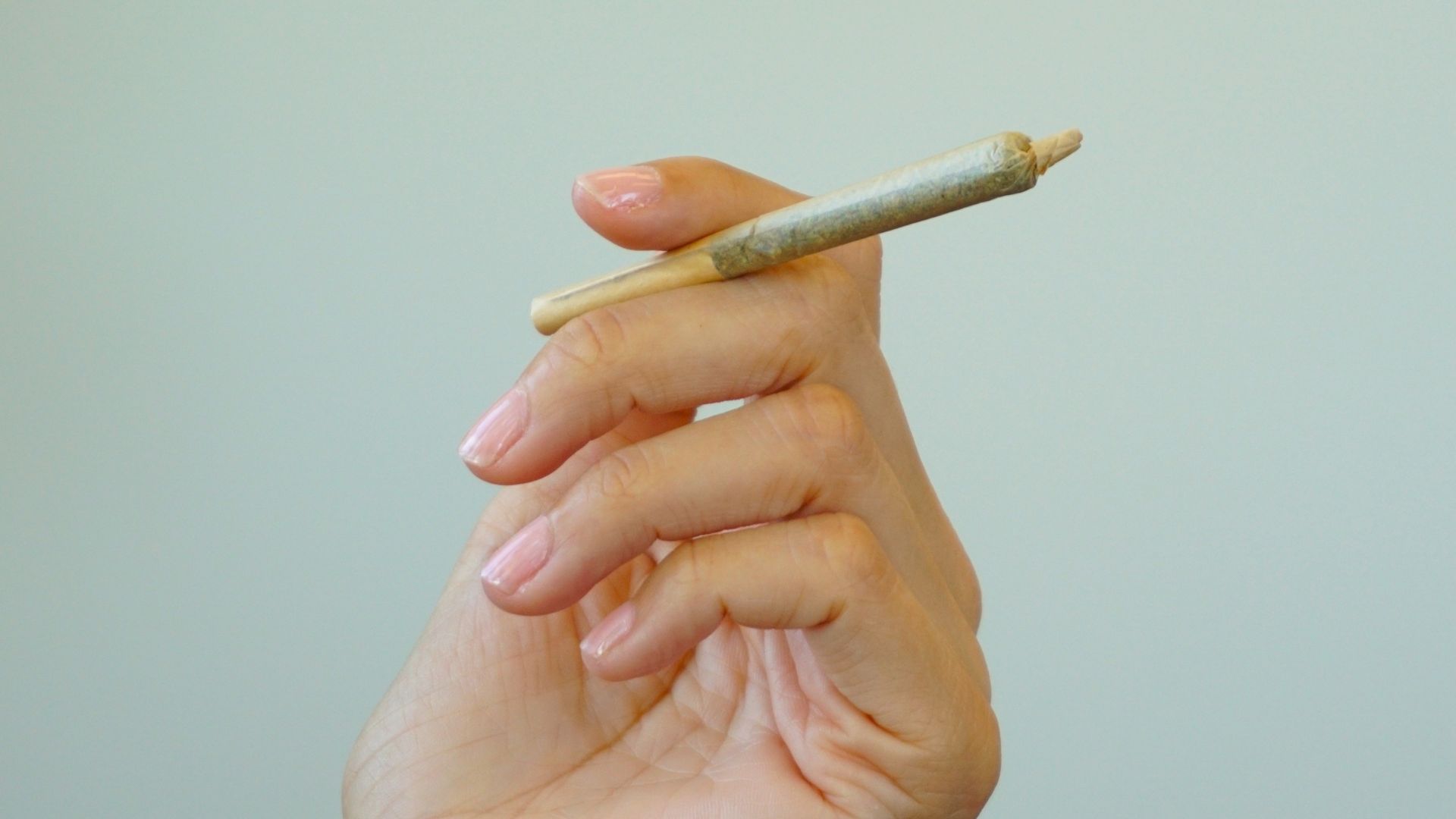When it comes to cannabis, the star of the show is often THC, the famous cannabinoid that causes cannabis’s intoxicating effects. But THC does so much more than make you feel high. It brings therapeutic potential and drives relationships to other compounds, like CBD or CBN, found in the plant.
There’s a lot to this complex and fascinating cannabinoid, so we put together this guide about THC, how it works, and how much to look for in your cannabis products.
What is THC?
The abbreviation “THC” is short for “delta-9 Tetrahydrocannabinol,” a phytocannabinoid found in cannabis plants. When you consume THC, you’ll likely experience that familiar head high or body high so often associated with cannabis.
THC may also have some therapeutic properties, including pain relief, anti-nausea and vomiting, appetite stimulation, and anti-seizure effects. Researchers have also observed that THC modulates feelings of anxiety at lower doses. Medical cannabis cardholders receive 10% off at Queen City every time they shop!
How does THC work?
THC works by interacting with the endogenous cannabinoid system (ECS), a network that runs throughout our brains and bodies. This system is responsible for regulating many important things, including:
- Managing pain perception
- Mood
- Appetite
- Memory
- Metabolism
- Anxiety response
- And more!
Phytocannabinoids can influence the ECS and how it affects these functions, and this relationship gives cannabinoids their therapeutic potential. THC, for example, can help with pain management by “pulling on the levers” of the ECS and changing the way we perceive pain. Similarly, the ECS’s influence over appetite is the same reason some cultivars (strains) of cannabis give us the munchies. They tweak the ECS so that we suddenly crave tacos or pizza.
The relationship between phytocannabinoids and the ECS is complex. Check out our guide to how the endocannabinoid system works for a deep dive.
Since THC was first discovered in the 1960s by Raphael Mechoulam, the “father of cannabis research,” we’ve learned a lot about it — but the nature of this compound and the ECS is still far from fully understood. Bear in mind that THC is subject to multiple ongoing studies as scientists work to learn more about how it works and its therapeutic potential.
The entourage effect: How THC works with other cannabinoids
The way THC influences our minds and bodies can change depending on which other cannabinoids and terpenes are present and in what amounts. For example, when THC is present alongside significant amounts of Cannabinol (CBN), expect increased appetite and to feel higher than you might with just THC.
Similarly, when certain terpenes are present, they can augment the cannabis experience in a similar way. For example, high levels of limonene are often associated with an energizing and uplifting high. Meanwhile, high levels of myrcene are associated with a calm, relaxing, and sedating effect.
Researchers have dubbed this phenomenon “the entourage effect,” and much remains to be understood about it. However, different compound profiles elicit varied effects, likely due to the way the various cannabinoids and terpenes influence the ECS in proportion to one another.
THC vs. CBD: Key differences explained
Cannabidiol (CBD) is another prominent three-lettered phytocannabinoid found in cannabis. However, it is very different from THC.
First, CBD is non-intoxicating and won’t produce the same “heady” effects that THC will. Secondly, when CBD is present alongside THC, it can actually mute the intoxicating effects of the cannabinoid. That’s why products with balanced THC:CBD levels are recommended if you don’t want as intense a session.
You can also purchase products that contain only CBD, which won’t be intoxicating. These are generally produced from hemp plants, a variety of Cannabis sativa L. that contains 0.3% THC or less. Research suggests that CBD could be effective for pain management, mental wellness, and neuroprotection.
THC dosages: How to pick the right one
Beginner’s dose: What percentage of THC is good for beginners?
There’s no one answer to this question, but we do have some general advice. For products such as flower and vapes that vary in THC percentage, starting with a lower percentage and taking just one hit to start is best. Still not feeling enough of your desired effects after a few minutes? Take another hit and see how you feel.
Highest type: What type of THC gets you the highest?
There are four types of THC, among which THCA is most associated with all the usual sensations of being high. As for which THC products get you the highest, this varies by person. That said, edibles typically offer the longest-lasting experience, and concentrates have staggeringly high quantities of THC. Either of these products might get you especially high.
Notably, the product with the greatest THC quantity doesn’t always get you the highest. For example, suppose you do the math and figure out how to take a dosage of exactly 5mg THC by smoking flower. You’ll probably come down after just a couple hours. A 5mg THC edible, on the other hand, could lead to a high that lasts twice as long, especially if you take it on an empty stomach.
Starting dose: How many milligrams of THC should I start with?
It’s easiest to measure out an exact (okay, near-exact) milligram dosage of THC with edibles. If this is the route you’re going, start with 2.5mg THC. At this dosage, if you experience any intoxication at all, it’ll fade very quickly — think of it as a trial run. And if you like the level of intoxication you’ve experienced, you can take a higher dosage next time.
Smoking or vaping instead? Just take one hit of a product with a comparatively low percentage of THC. Consider that your starting dose, and take more hits from there if you want.
Daily intake: How much THC should a person take?
The answer to this question is highly individualized. If you’re new to THC, you might find that a 2.5mg dosage keeps your head in the clouds for a couple of hours. After that, if you want to ascend again, take another 2.5mg. On the other end of things, longtime THC consumers might prefer 10mg THC doses.
Ultimately, there’s no exact cap on the amount of THC that’s safe to consume. However, in medical settings, practitioners often tell patients to consume no more than 20mg of THC per day.
What are the dosages of THC?
How many milligrams of THC you should take depends on your tolerance and preferences. Some folks may require only a small amount of THC to feel their desired effects, while others may need higher doses. It also depends on the product type you choose and your reaction to it. For example, some people are very sensitive to edibles while others don’t feel their effects.
Although much comes down to your personal experience with cannabis, this dosage guide can serve as a jumping-off point to help you find your ideal amount of THC:
- <2.5 milligrams: Less than 2.5 mg THC is called a microdose. This is ideal for very low-tolerance consumers and those who want some therapeutic benefits of cannabis without much noticeable intoxication.
- 2.5 – 5 milligrams: This range is good for low-tolerance consumers and those new to cannabis who are trying to determine how it will affect them. Five milligrams is a common starting dose, but more cautious or hesitant consumers may want to begin closer to the 2.5 mg end of the spectrum.
- 5 – 10 milligrams: This is a more potent range for cannabis consumers with moderate tolerances that aren’t reaching their desired effects with five milligrams or less.
- 10+ milligrams: Doses above 10 milligrams are for high-tolerance consumers who need a bit more THC to reach their desired effects. This range likely includes seasoned cannabis consumers, longtime medical cannabis patients, and those with naturally high tolerances.
Notably, edibles typically come in dosages of exactly 2.5mg, 5mg, or 10mg THC. Vapes, on the other hand, are often packaged in 0.3mg, 0.5mg, 1mg, or 2mg quantities. A standard set of dosages is usually available when purchasing a certain product type at a dispensary.
Cannabis creates an individualized experience, and no two individuals respond to it exactly the same. The best way to determine which product types and amounts of THC are best for you is by trial and error. By keeping all the guidelines above in mind, you can maximize the likelihood that you have a positive cannabis experience.
THC dosing by product type
Generally, you’ll see THC potency expressed in two ways: by percentage and by milligrams (mg). Precisely how potency and dosing work, though, depends on the product type you choose.
Flower
Smoking or vaporizing dried and cured cannabis flower is the conventional way to consume cannabis. Most cannabis flower available today ranges in THC potency from 15% to 30% THC content, with some outliers on either end of that spectrum. This means that for every gram of cannabis flower (1,000 mg), you can expect between 150 and 300 milligrams of THC. You won’t feel all of that, though; you’ll actually experience around 10% to 35% of that.
It can be challenging to measure a precise dose when smoking or vaping cannabis flower. The effects only take a few minutes to experience, though, so you’ll be able to gauge the potency pretty quickly.
Edibles
Edibles typically come with the total milligrams of THC listed on the label. For example, a bag of cannabis gummies that reads 100mg THC and contains 10 gummies indicates that each gummy contains 10mg THC.
Edibles make it very easy to measure how much THC you’re consuming and are a great option if you want to keep close track of your dose. If you’re new to edibles or don’t have a ton of experience with THC, between 2.5mg and 5mg THC should be plenty to begin with. Wait between 30 minutes to one hour to see how the edible affects you before trying more. Remember, edibles take much longer to take effect and are felt much more strongly than inhaled cannabis products, so give them time to work before consuming more.
Concentrates
The potency of concentrates like shatter or wax is typically listed by percentage. In many cases, concentrates and extracts could exceed 90% THC content. Like flower, this means that for every gram of concentrate or extract, there would be 900 milligrams of THC. In other words, concentrates are far more potent than flower.
When vaporizing or dabbing concentrates, it can be difficult to measure the precise amount of THC, so always consume small amounts and wait to see how you feel before taking more.
Vape cartridges
Disposable vape cartridges often come with 0.3g or 2g THC, and all-in-one vapes often contain 0.5g or 1g THC. As with flower, it’s not the easiest to measure a precise dosage with vape carts or all-in-one vapes. But also just like flower, you’ll feel the effects quickly.
The THC percentage in carts and all-in-one vapes often lands in the 80% range, with a few products just above or below this range. For every gram of product, that’s about 800 milligrams of THC. Vapes may thus be much more potent than flower, though not quite as potent as concentrates.
Understanding the side effects of THC
THC does not have any serious adverse side effects, but you could have an unpleasant experience if you take too much.
Common side effects of consuming high levels of THC include increased heart rate, feelings of anxiety or paranoia, impaired memory, and impaired motor skills. Some cannabis cultivars may also cause uncomfortable physical effects like dry mouth or red, irritated eyes. Cannabis may also interact with some prescription medications, so be sure to check with your doctor before adding cannabis to your regimen if you’re taking any prescription drugs.
What should you do if you take too much THC?
If you do consume too much THC and are experiencing unwanted side effects, don’t panic. Over time, as the THC leaves your system, these side effects will begin to wane. The best thing to do if you’ve consumed too much THC is to lay low and wait for it to pass. Inhaled cannabis products will generally wear off within 30 to 60 minutes, while edibles may take up to a few hours. The more THC you took, the longer it will take to wear off.
Exploring different types of THC
Delta-9 THC isn’t the only type of THC out there — there’s a whole family of THC. Here’s a look at some other, less prominent types of THC you might read about:
- THCA: Tetrahydrocannabinolic acid is the non-intoxicating, acidic precursor to the delta-9 THC we’ve examined up until this point. It’s the type that exists in the flower before you light up and the acidic compound converts to THC in a process called decarboxylation. In fact, when you read that a strain of cannabis contains 20% THC, what that really means is it contains 200 milligrams of THCA, which will be converted to THC when smoked or vaporized.
- Delta-8 THC: Delta-8 Tetrahydrocannabinol is another intoxicating variety of THC that’s typically derived from industrial hemp plants. It’s often seen for sale in gas stations and convenience stores as a way to skirt legal restrictions and licensing requirements for delta-9 THC. Due to the lack of regulation over these delta-8 THC products, they are not tested like cannabis dispensary products and may not be safe for consumers. Delta-8 is currently legal in New Jersey, but there have been steps taken to ban these products in the Garden State.
- Delta-10 THC: Delta-10 Tetrahydrocannabinol is a form of THC found in trace amounts in cannabis, and thanks to extraction, it has been made into concentrates. While chemically similar to delta-9 THC, it’s more likely to prevent feelings of anxiety as it is far less potent. You’re unlikely to find Delta-10 THC products at a dispensary.
- THCV: Tetrahydrocannabivarin is a minor cannabinoid present in trace amounts in many cannabis cultivars (strains). It’s intoxicating like delta-9 THC but more likely to produce an energetic experience when present in significant amounts.
THC products available at Queen City Dispensary in New Jersey
In New Jersey, licensed cannabis dispensaries are legally allowed to sell the following THC products:
- Cannabis flower
- Concentrated cannabis oil
- Resin and live resin
- Vape formulas
- Tinctures
- Topicals
- Rick Simpson Oil (RSO) syringes
- Edibles and lozenges
- Capsules
In addition to this list, the NJ Cannabis Regulatory Commission (CRC) recently announced it would permit the sale of THC-infused edibles in licensed cannabis dispensaries. This includes baked goods, candies, and chocolates.
How much THC can you buy at once from a New Jersey dispensary?
In New Jersey, cannabis purchase limits are set not by milligrams of THC but by grams of product. According to New Jersey’s Cannabis Regulatory Commission (CRC), adult-use consumers are permitted to purchase up to one ounce of cannabis flower, or 28.35 grams.
You may purchase up to four grams of vapes or cannabis concentrates, including solid extracts like waxes and liquid extracts like oils. Finally, the purchase limit on cannabis edibles for adult-use consumers is 1,000 mg THC. Alternatively, you can buy any combination of flower, concentrates, vapes, or edibles that are equivalent to one ounce of flower.
How much have you learned about THC? Test your knowledge
Now that you’ve learned everything about THC, put your knowledge to the test in the dispensary. Come visit Queen City in Plainfield, NJ to check out our wide-ranging inventory of THC cannabis products. Let our staff know what kind of experience you’re hoping to have so we can work to find a perfect match for you, not just based on THC content alone, but also every detail about the product. So stop in and see what makes Queen City the best cannabis dispensary in Plainfield and the surrounding central New Jersey area.


